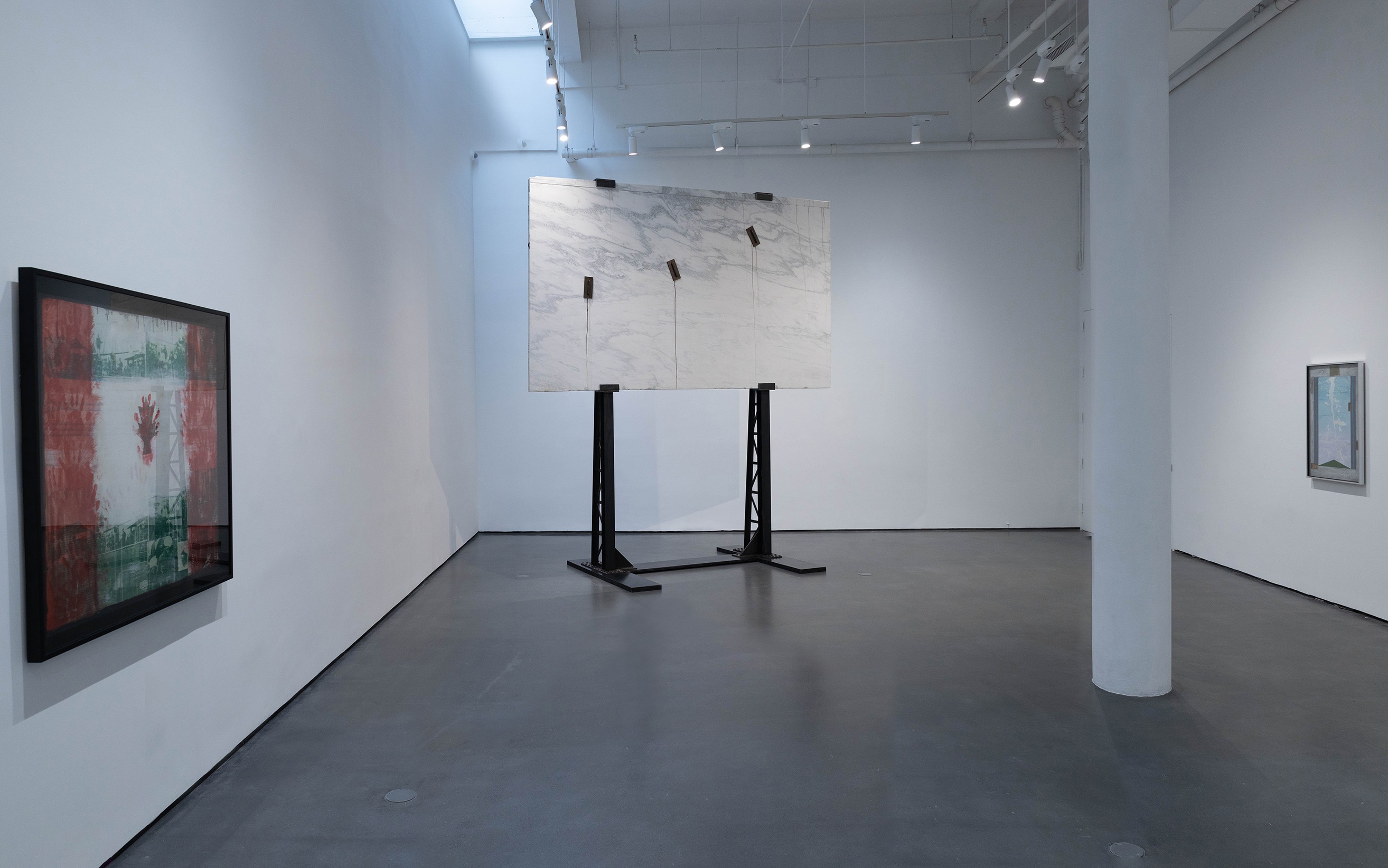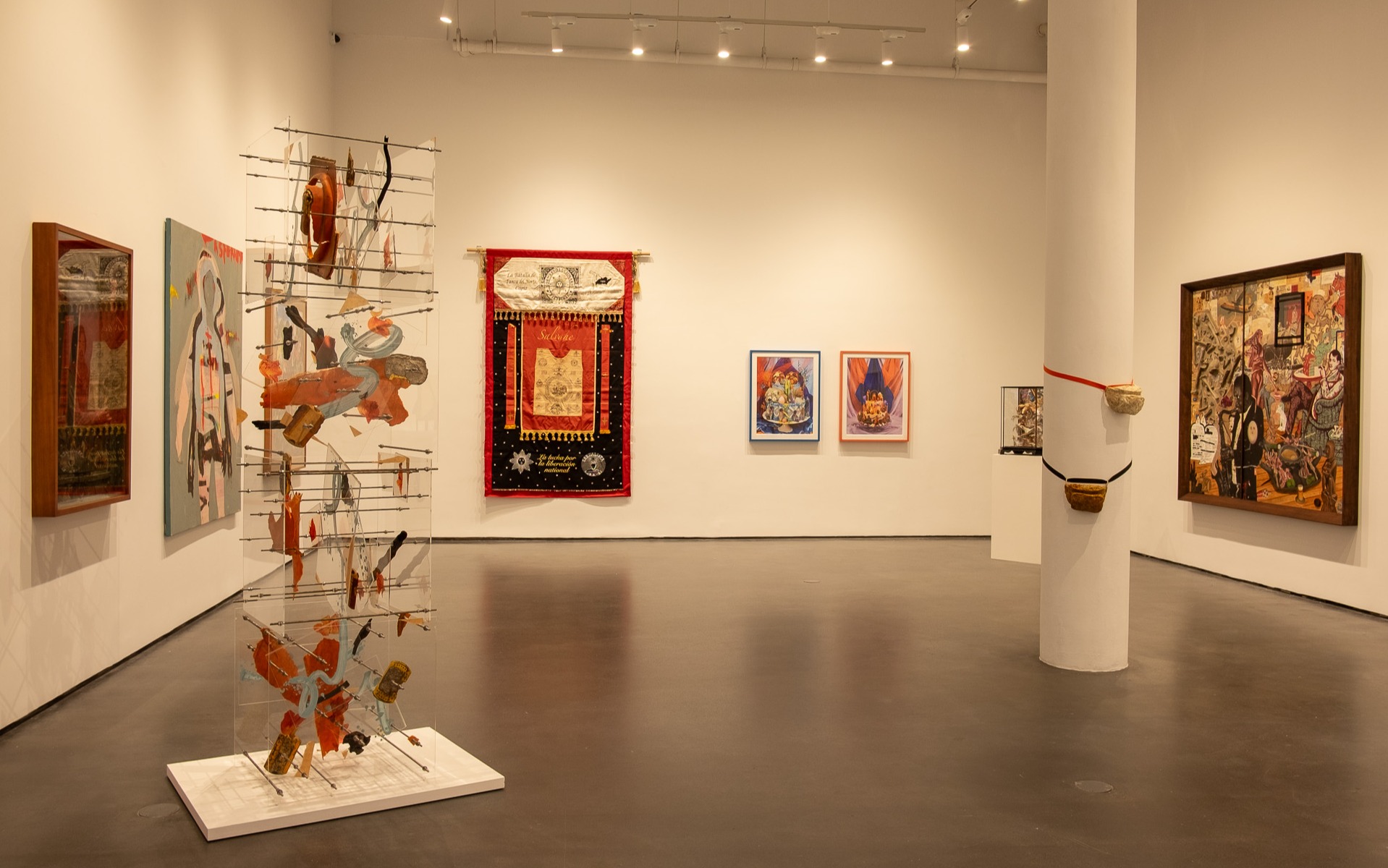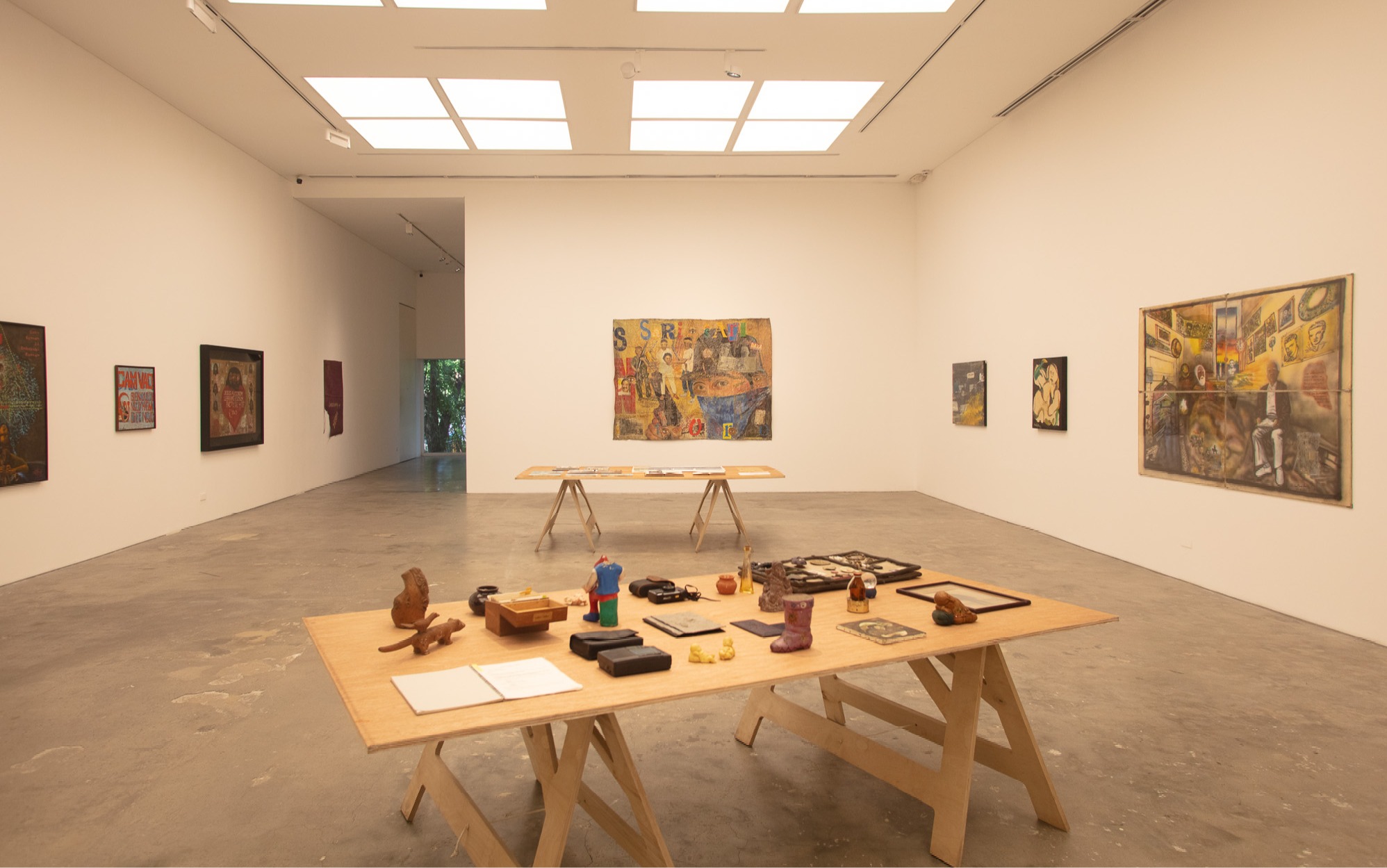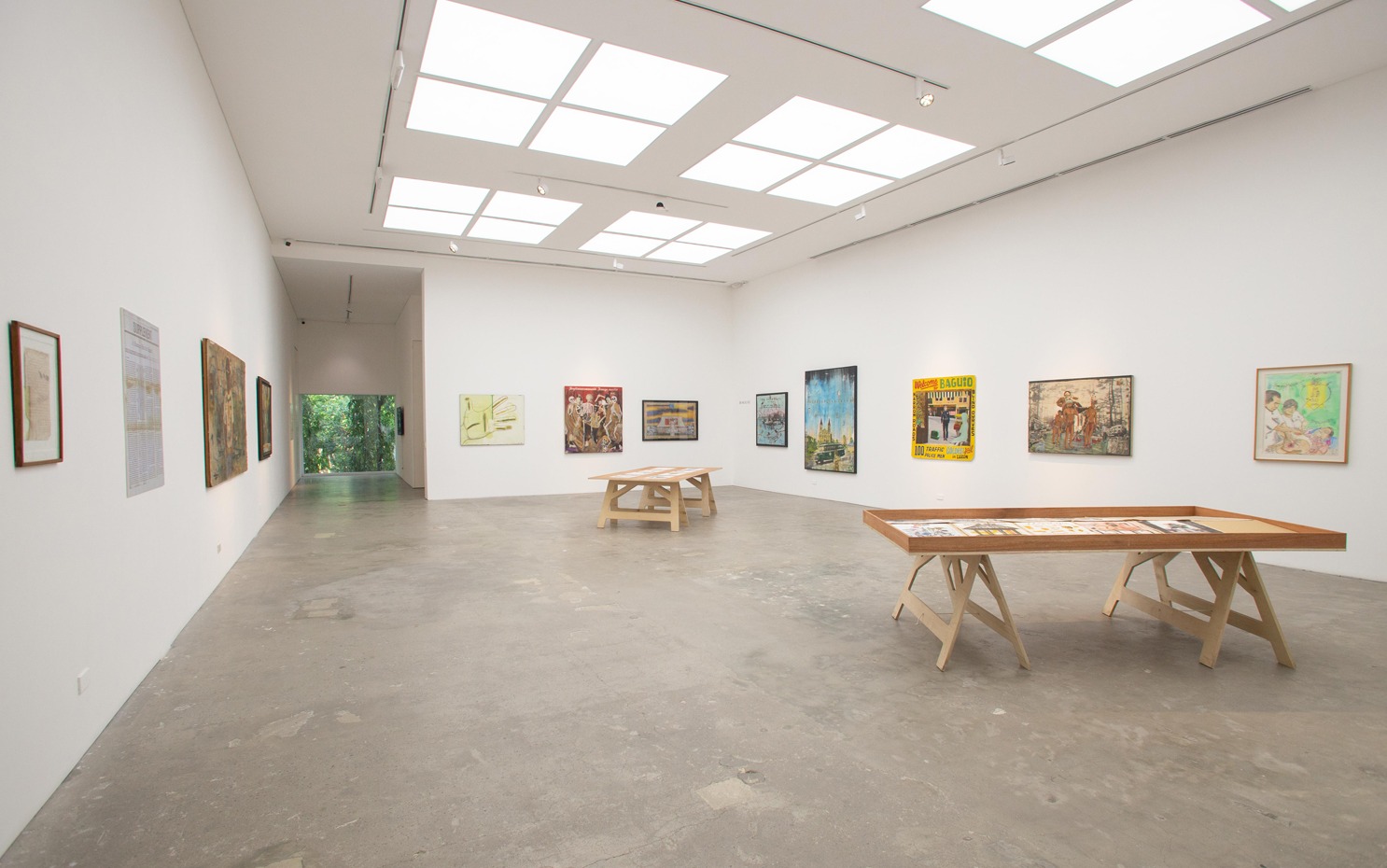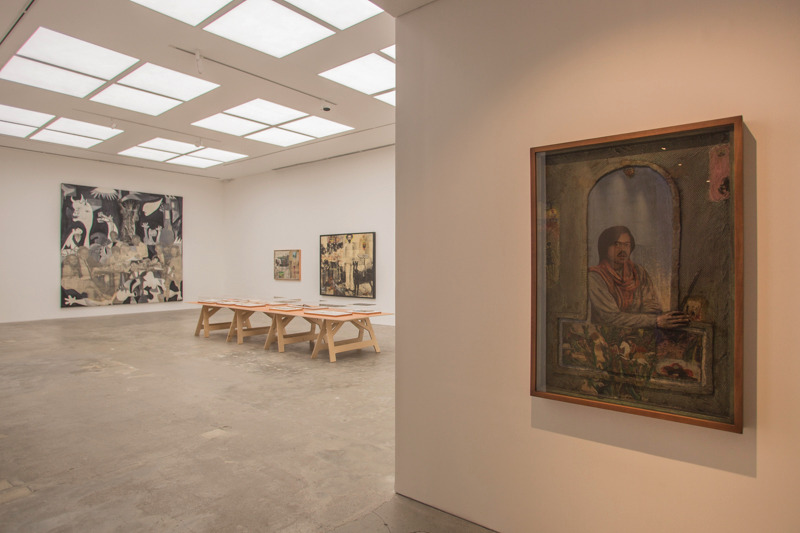
Santiago Bose
Bio
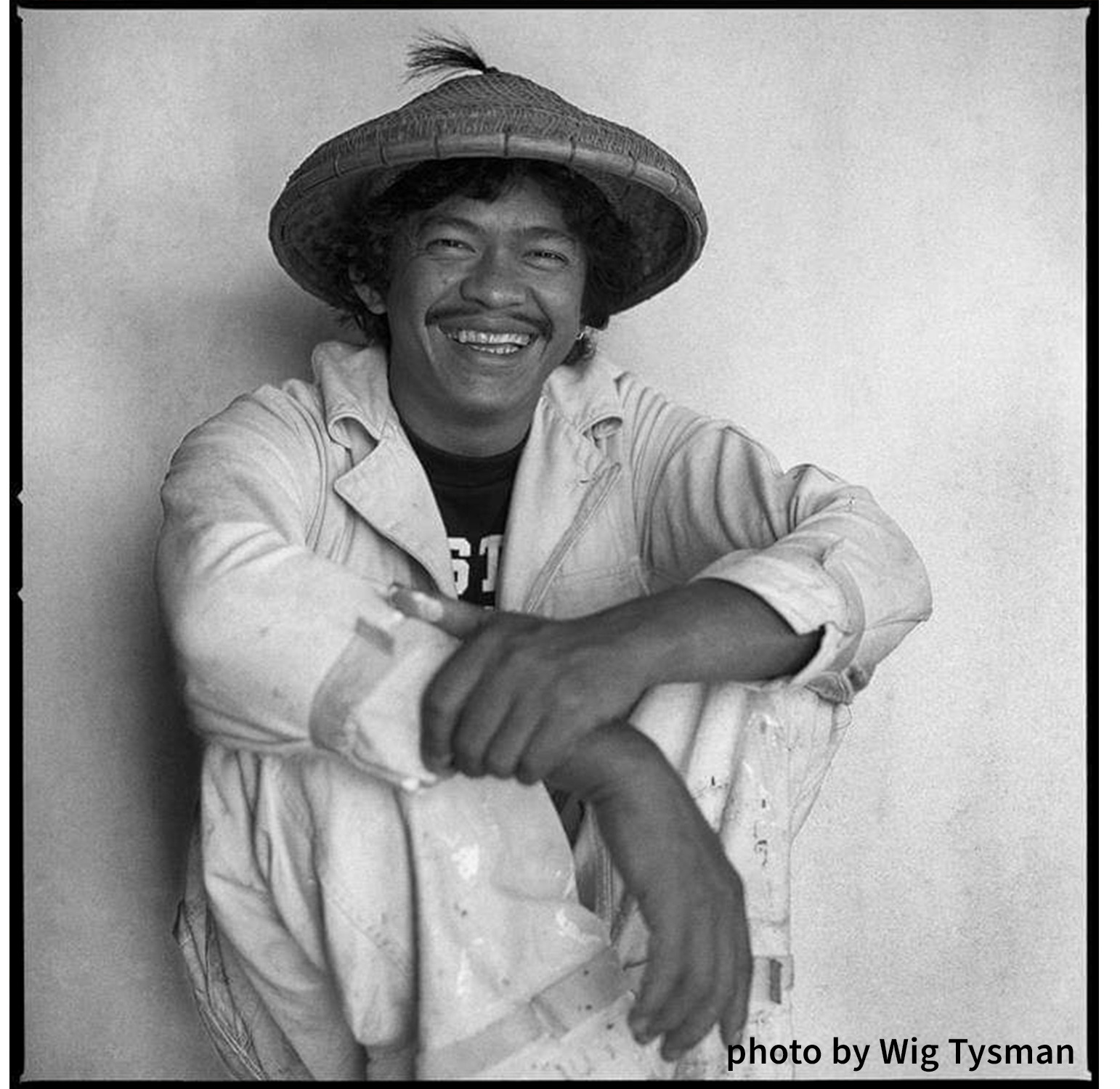
Santiago Bose (b. 1949 - d. 2002, Baguio City, Philippines) was a mixed-media artist, educator, community organizer and art theorist. Co-founder of the Baguio Arts Guild, he is recognized as a pioneer in the use of indigenous materials. Often incorporating materials such as bamboo, found objects, and volcanic ash, his influential assemblages champion the resilience of indigenous cultures, like that of his home region of the Cordilleras. Drawing on deep criticality yet never lacking a sense of humor and wit, his body of work conveys the power of folk consciousness, religiosity, and the strength of traditional cultures in a society inundated with foreign influence.
As a widely sought-after artist for public commissions and artist residencies, Bose’s practice included extensive international travel and several prominent grants and fellowships. In 1976, Bose was granted the Thirteen Artists Award by the Cultural Center of the Philippines. He has participated in major international exhibitions, including the Third Asian Art Show in Fukuoka, Japan, and the Havana Biennial in Cuba, both held in 1989.
In 1993, he was invited to exhibit his work at the First Asia-Pacific Triennial of Contemporary Art at the Queensland Art Gallery in Brisbane, Australia. In 2000, Bose’s artwork was featured in the Asian Art Museum of San Francisco’s exhibition, At Home & Abroad: 20 Contemporary Filipino Artists. In 2002, the City of Manila presented him with the “Gawad ng Maynila: Patnubay ng Sining at Makabagong Pamamaraan” (Cultural Award for New Media presented to outstanding Filipino Artist). Bose was also honored posthumously with the “Gawad CCP Para sa Sining” Award for Visual Arts in 2004. In 2006, he was shortlisted for the National Artist award, also posthumously.
Selected Works
Selected Works
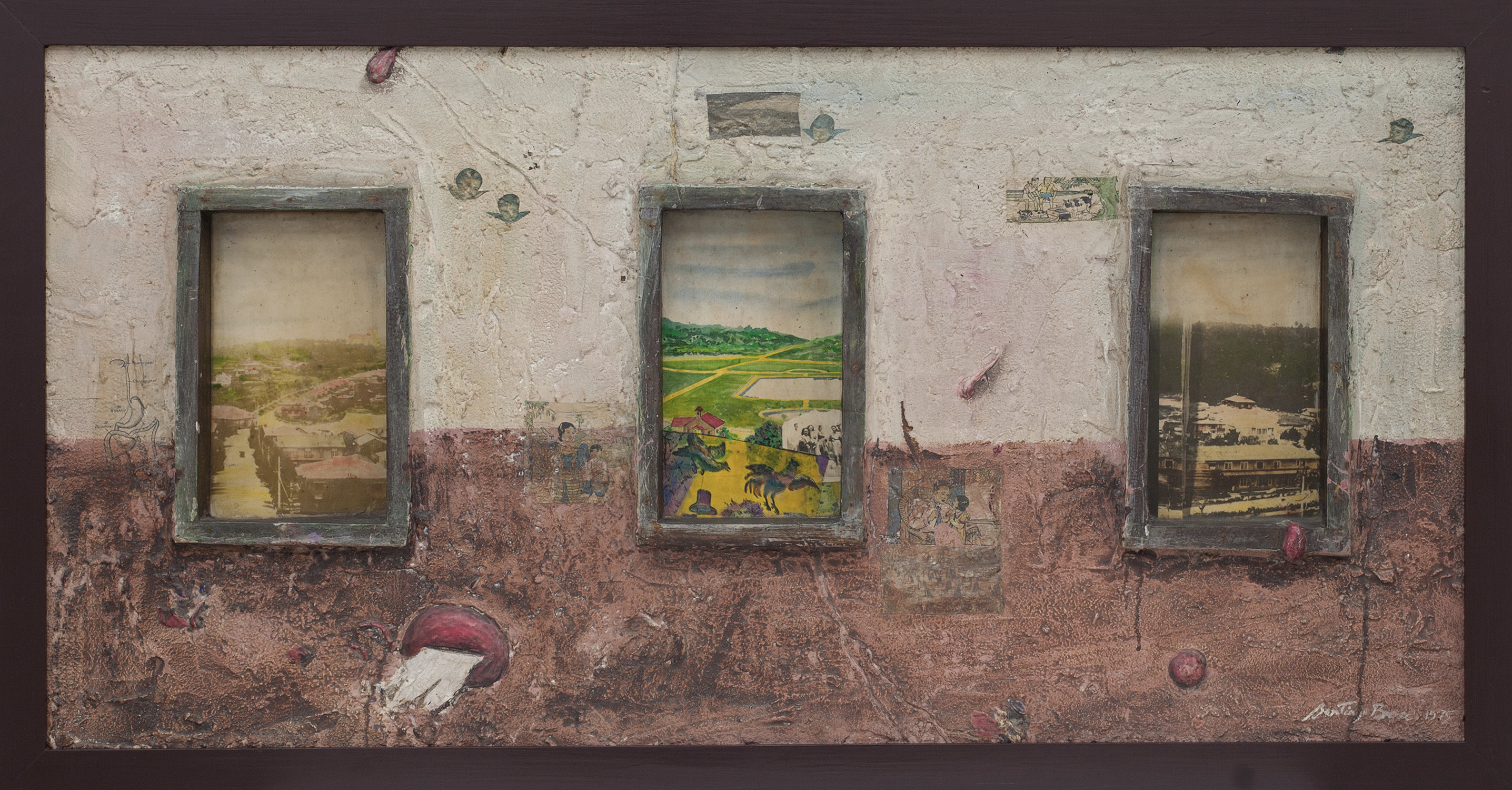
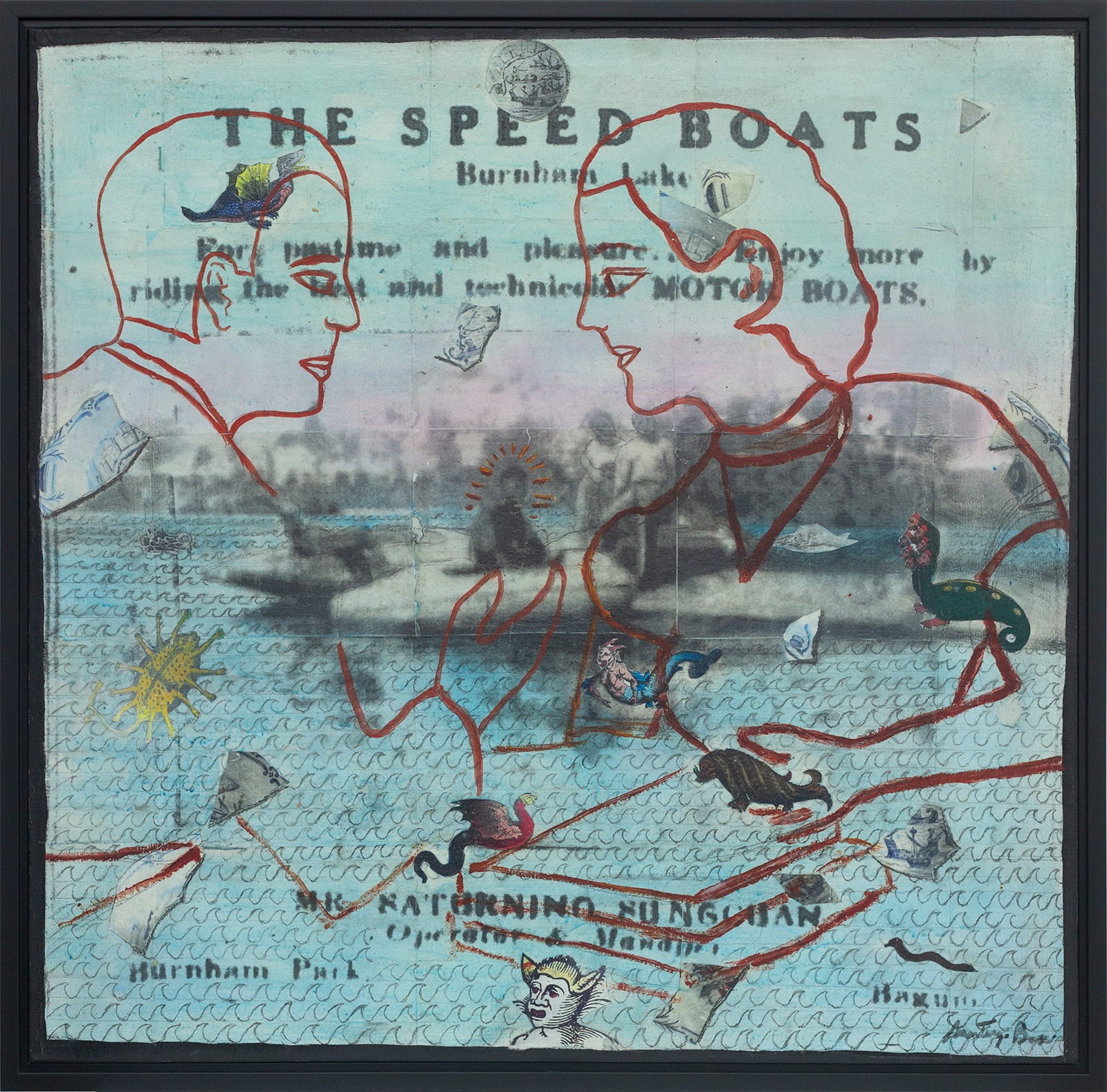
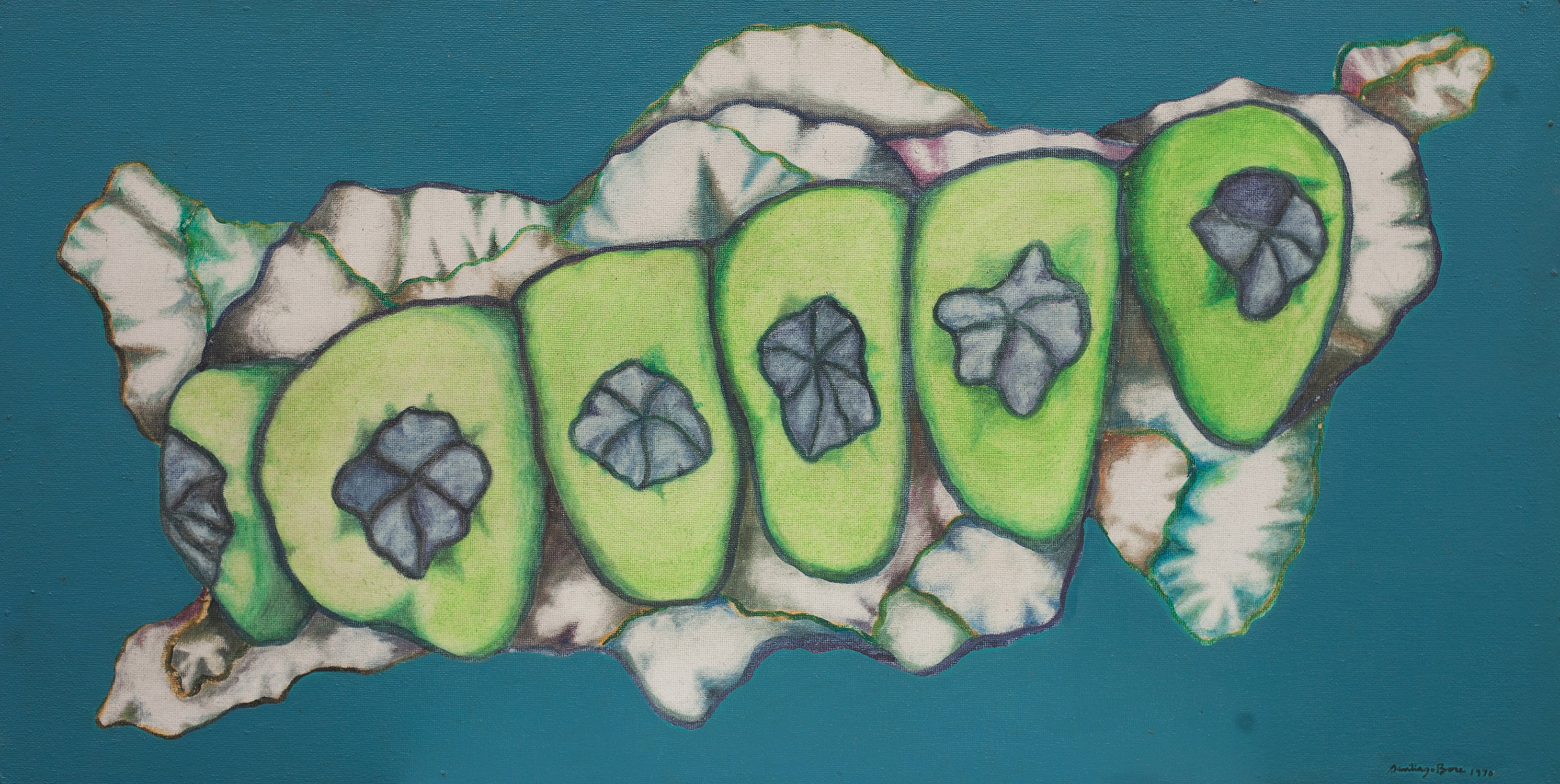
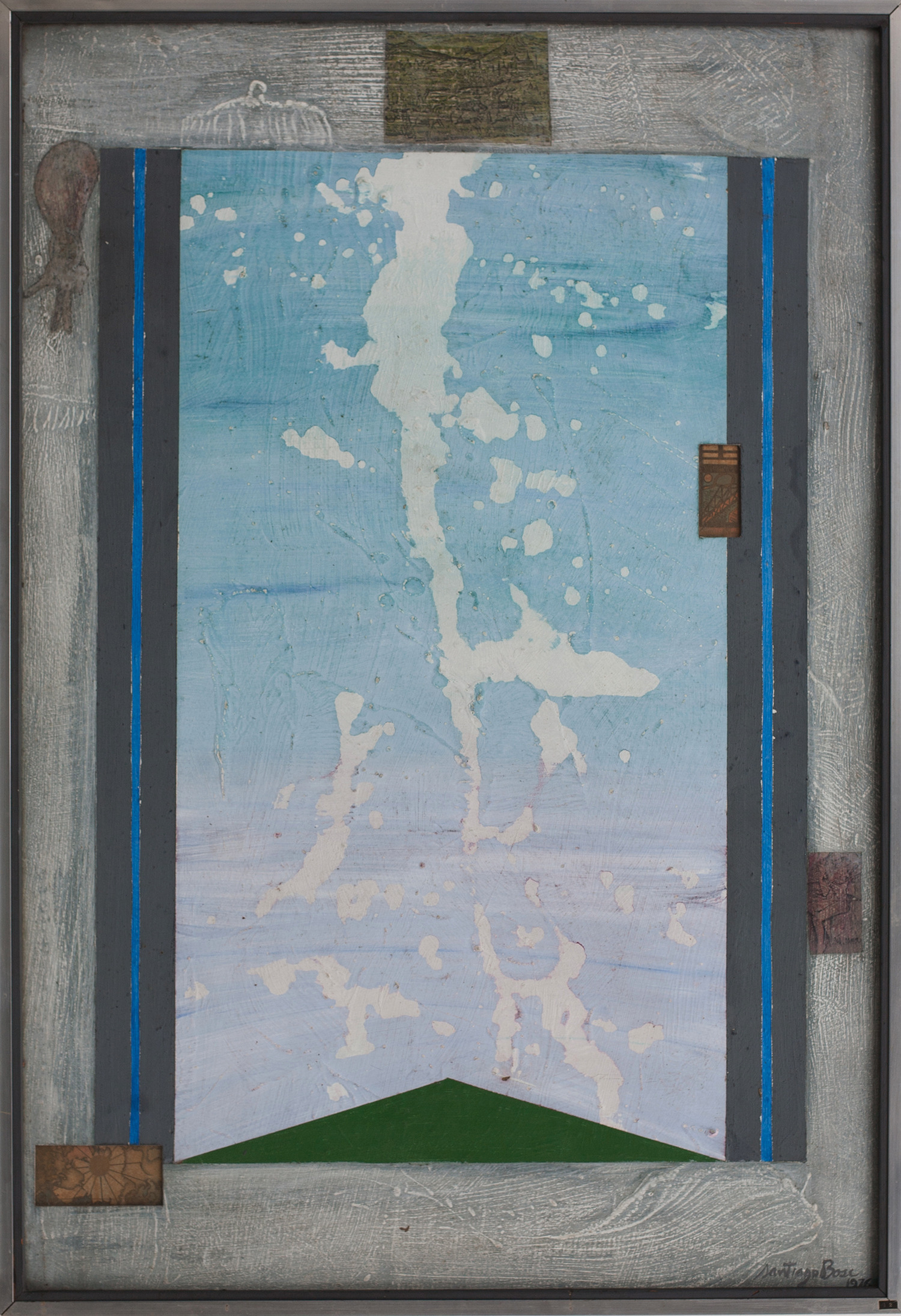
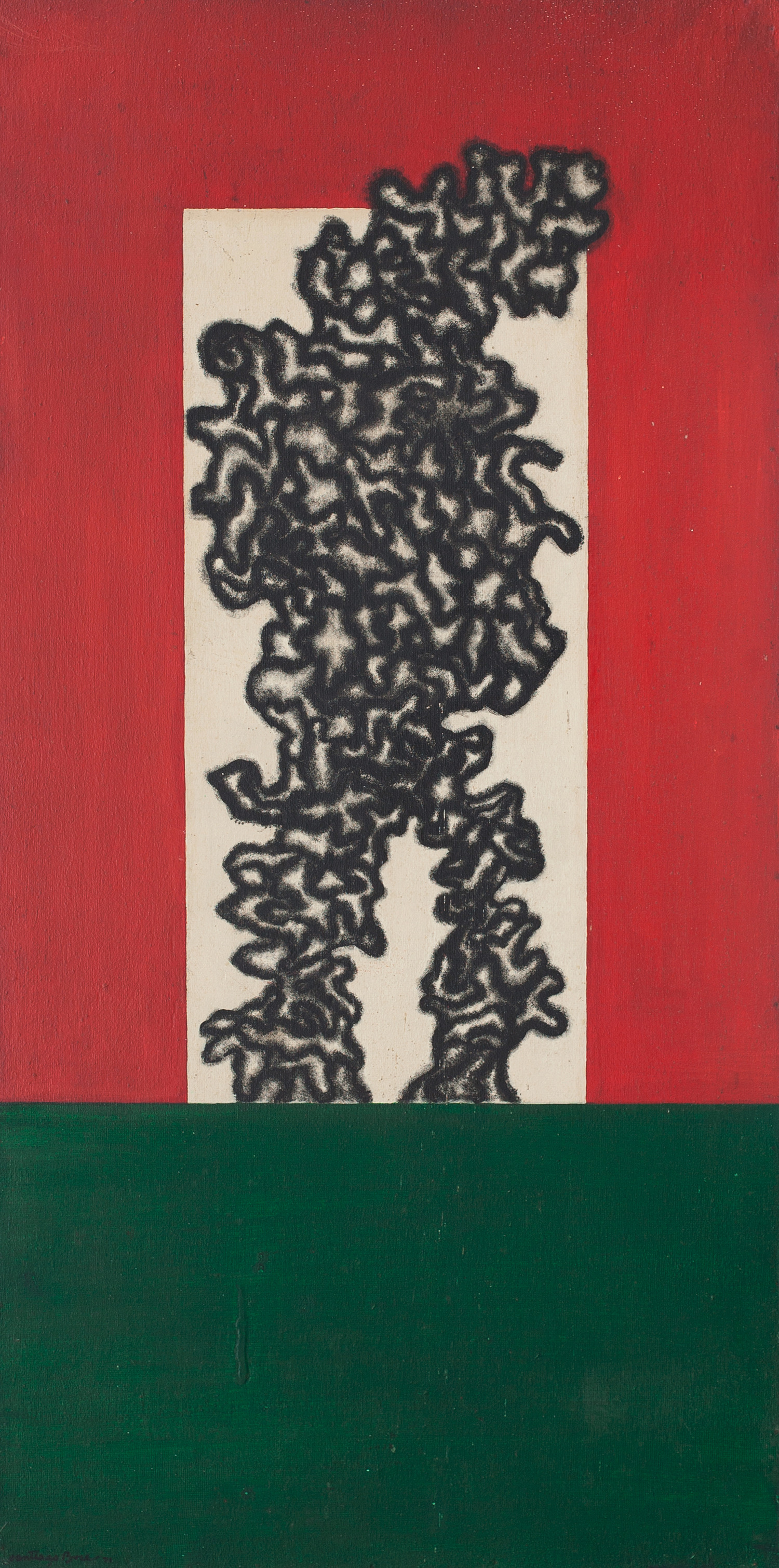
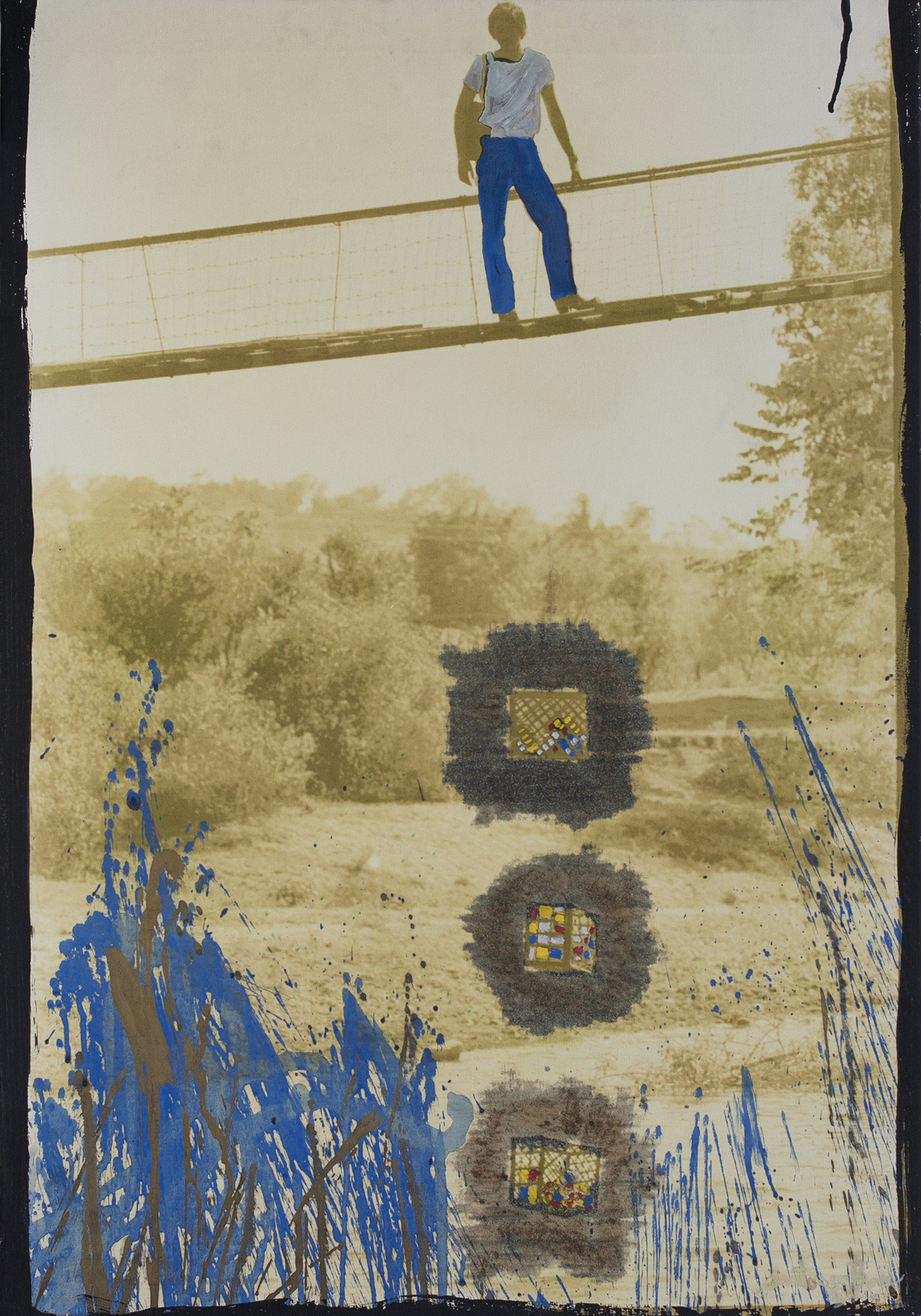
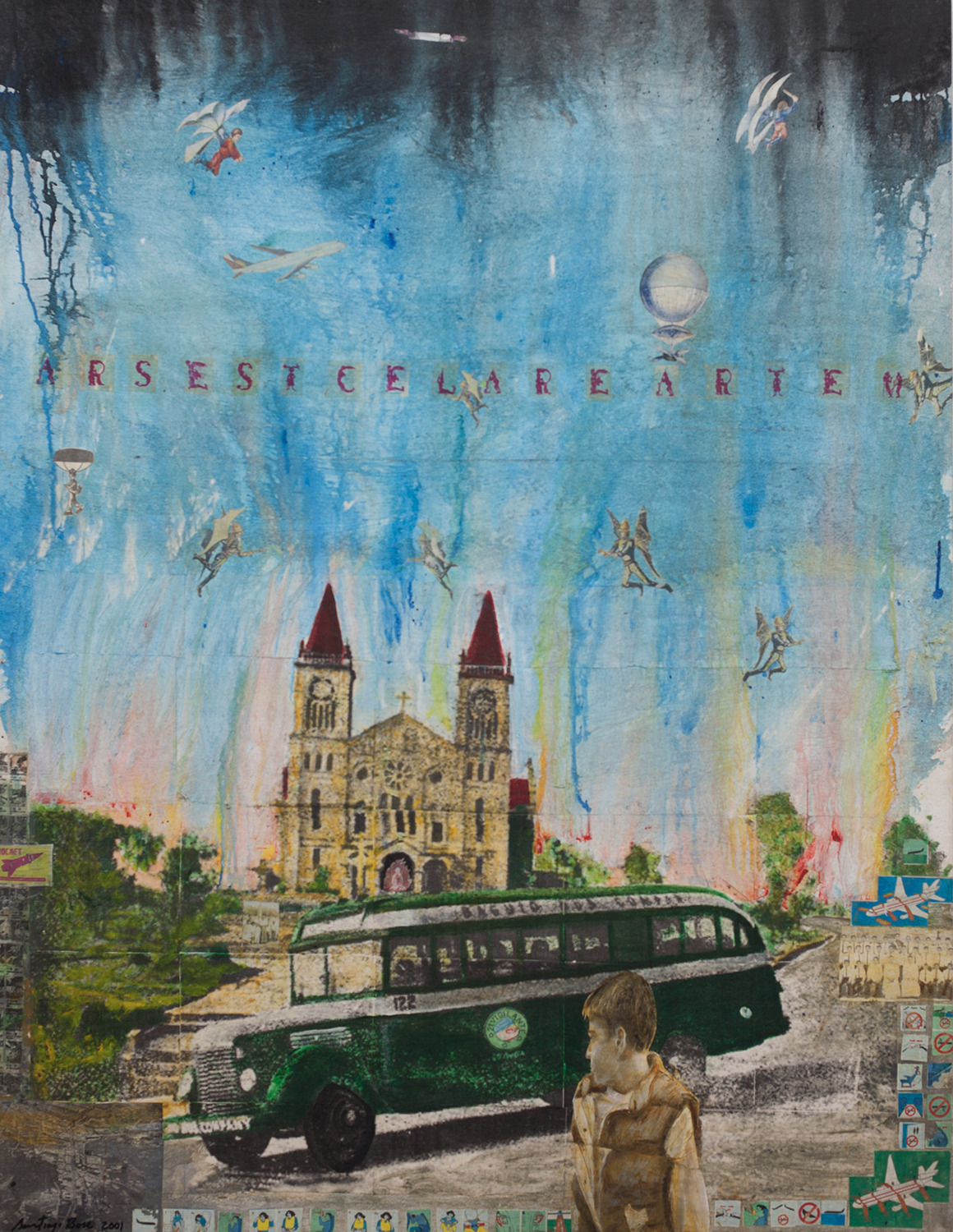
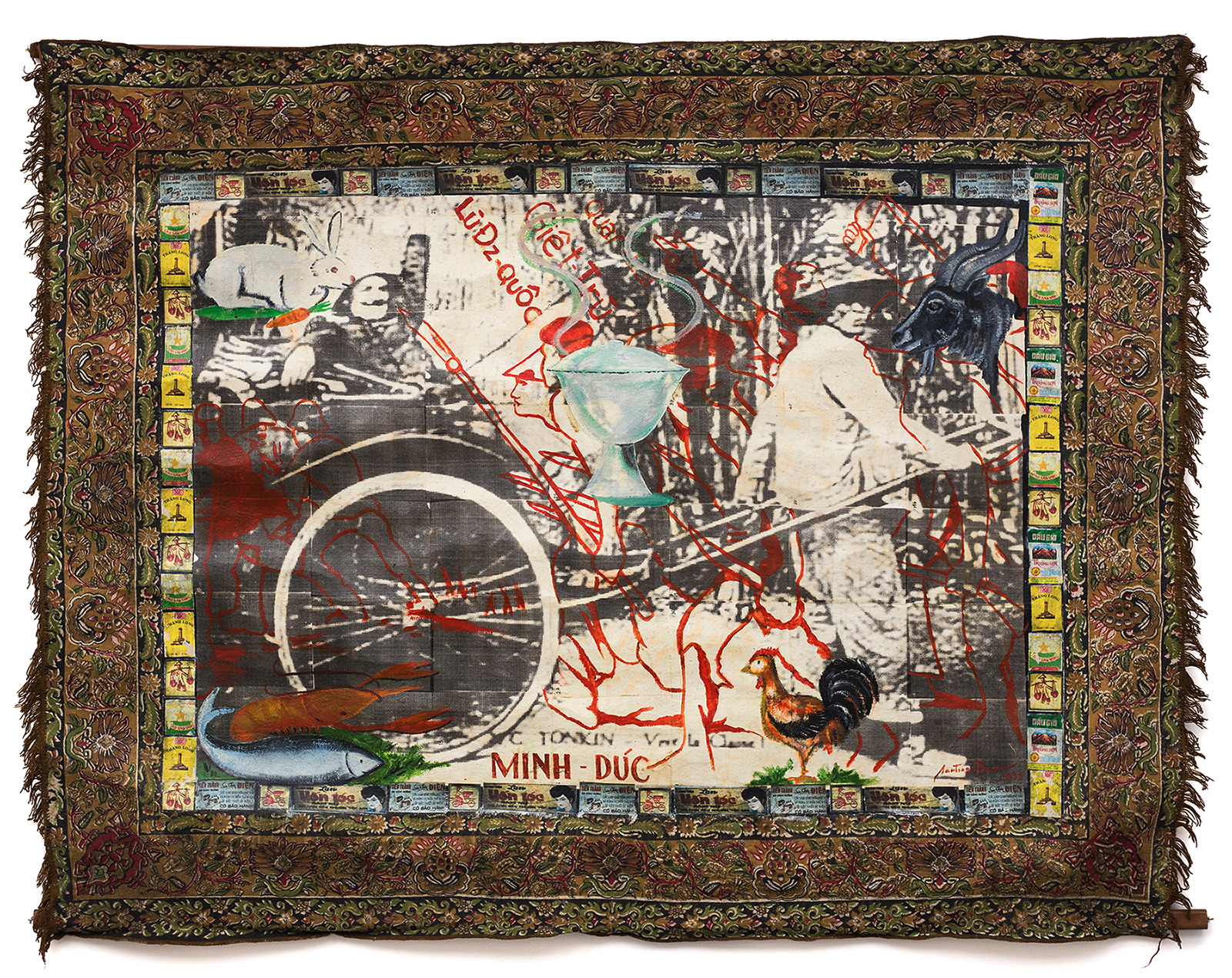
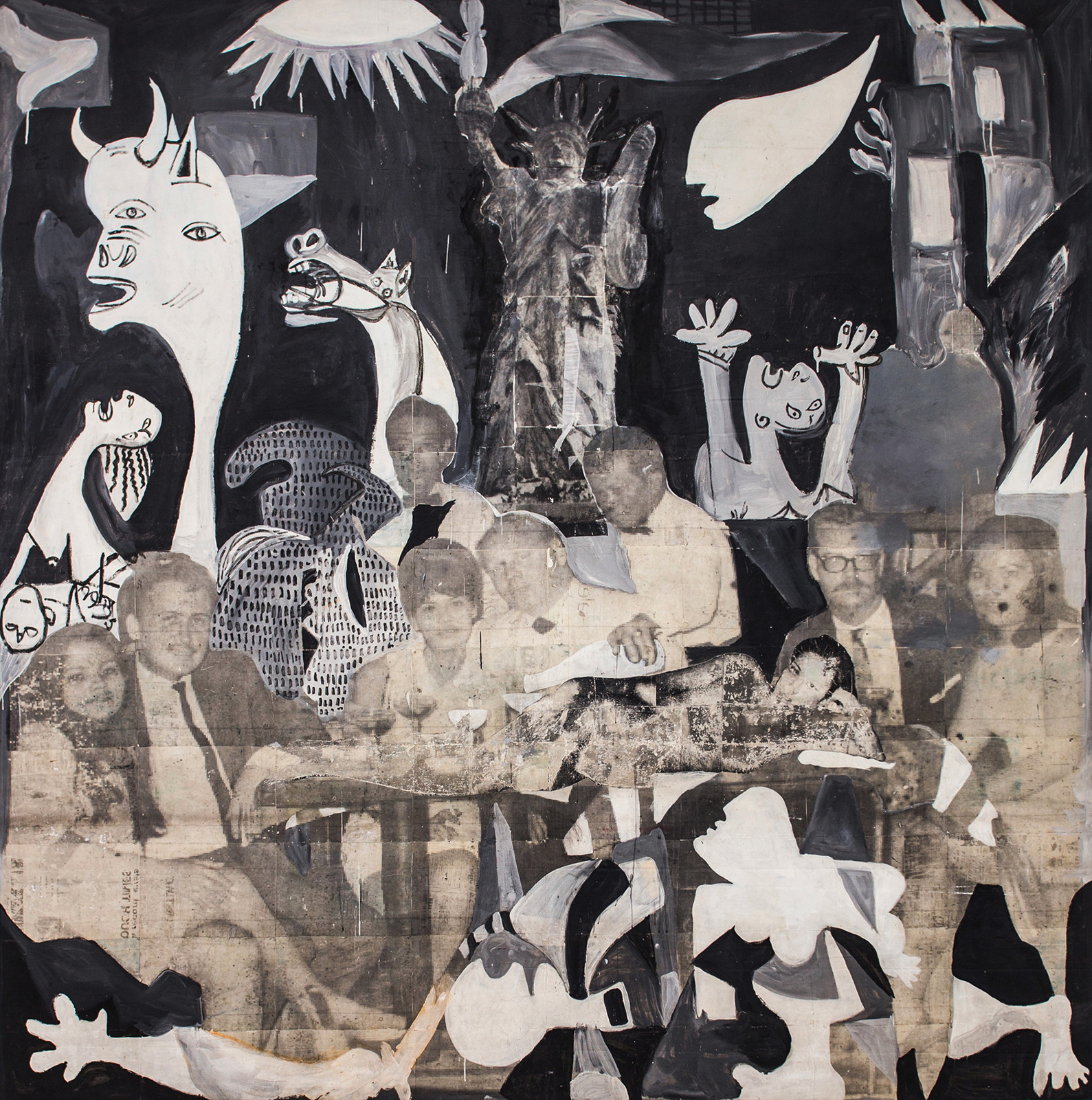
Selected Exhibitions
Selected Press
- Santiago Bose: Unravelling an artistic world

- The legacy of Santi Bose endures in this restored Sagada mural

- Santiago Bose: "Striking Affinities"

- Art-List Feature: Santiago Bose, Painter-Magician

- Art in Sagada

- Art Basel Online Viewing Rooms: Curator Christina Li shares her favorites

- Santi Bose mural restored in Sagada

- The noble, savage art of Santiago Bose

- Bose on Bose: A Daughter Uses Santiago Bose’s Works to Explain the Philippines to Her American Kids

- Why more Filipinos should know about artist Santi Bose

- Santi Bose redux

- Silverlens exhibits Santiago Bose the same way the artist treated his art

- The selfish brat and generous comrade inside the artist known as Santy Bose

